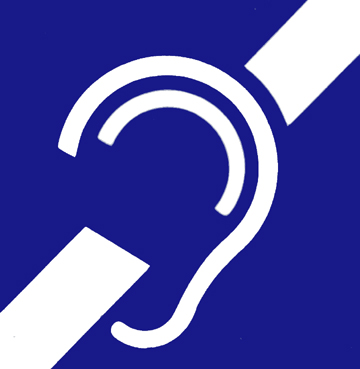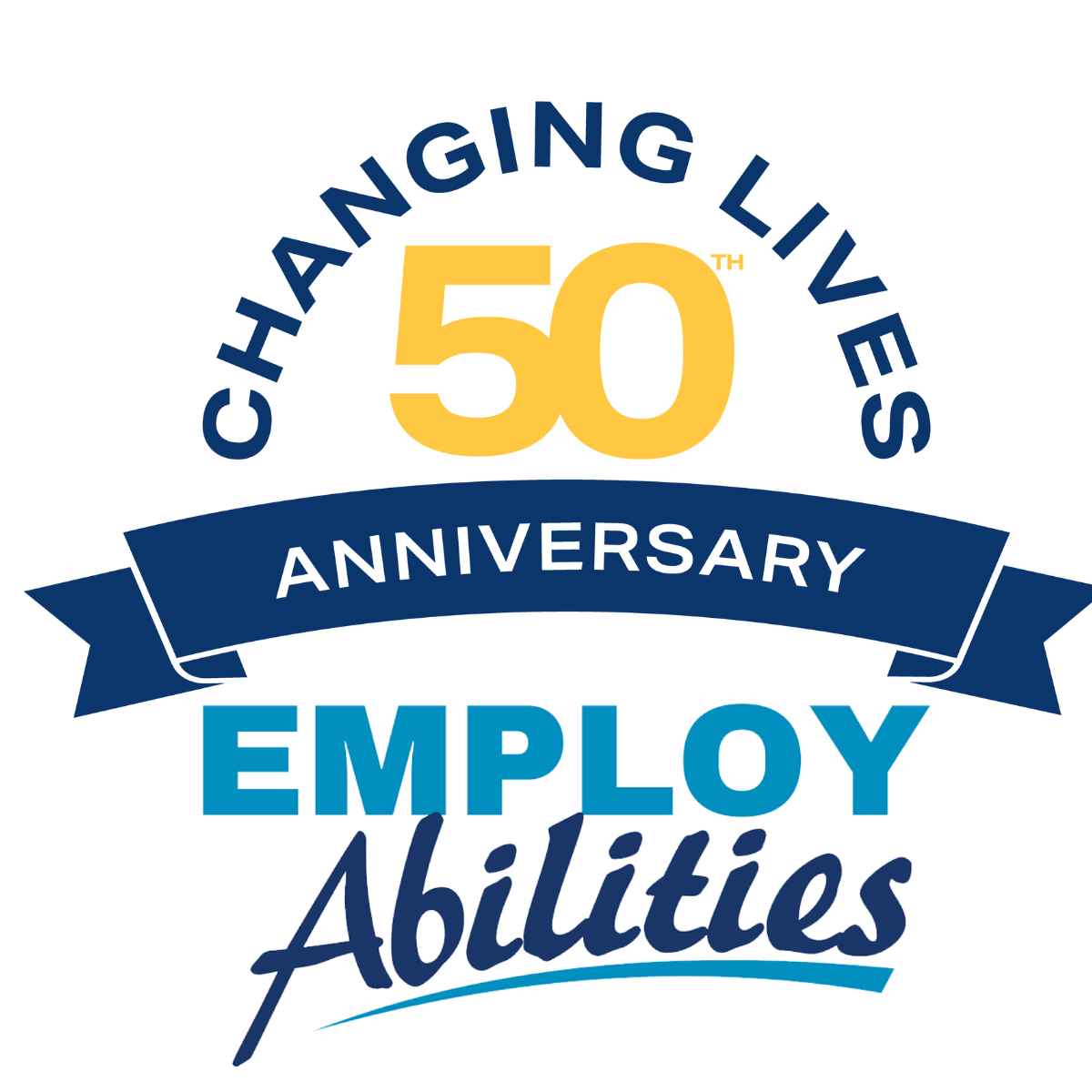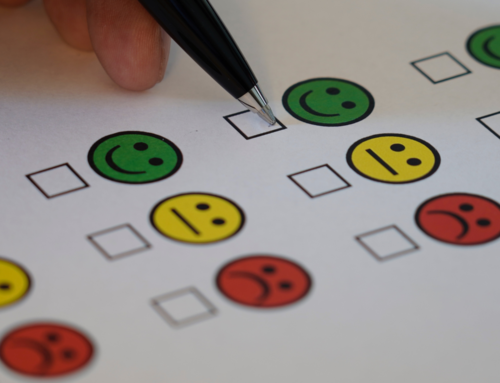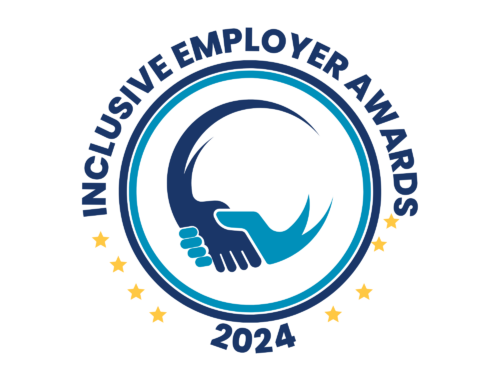 A hearing disability could range from having slightly reduced hearing to being totally deaf. It’s important to keep in mind that how a person identifies themselves in terms of their hearing loss is personal. Some might identify with the deaf community and others might see their hearing loss as affecting their ability to communicate. Here is some information for working with people who are hearing impaired.
A hearing disability could range from having slightly reduced hearing to being totally deaf. It’s important to keep in mind that how a person identifies themselves in terms of their hearing loss is personal. Some might identify with the deaf community and others might see their hearing loss as affecting their ability to communicate. Here is some information for working with people who are hearing impaired.
Hard of Hearing VS. Deafness
Being hard of hearing involves varying degrees of ability to hear the loudness or pitch of sounds most directly associated with speech. Hearing loss can occur at different frequency of sound. For example, a person might have trouble hearing low pitches but are fine when it comes to high pitches. Hearing aids may make sounds louder but they won’t actually clarify a person’s reception or understanding of the sound.
People who are deaf do not rely on their hearing at all. Their methods of communication might include sign language, finger spelling, lip reading or written communication.
Tips for Interaction
– Remember that people who are deaf or hard of hearing are people first!
– Get the attention of the individual before speaking and maintain eye contact while talking. If pointing to an object or area, allow the individuals gaze to return to you before continuing to speak.
– If the individual is reading your lips: make sure your face is visible, your hands are away from your mouth and face and try not to sit with your back to a window.
– If an interpreter is present, communicate directly to the individual and not the interpreter.
– Speak slowly and clearly, be expressive but don’t exaggerate. Do not shout.
– During meetings, ask them where they would like to sit to maximize communication. It is okay to use paper and pencil to communicate but be aware that this may isolate them in the meeting. Discuss with them when an interpreter or note-taker might be needed.
– Watch for facial expressions and body language that will help determine the success of your communication.
Assistive Technology
There are several technological devices available today that enable those with hearing disabilities maximize their strengths in the workplace.
Multi-media Captioning Technology: Hardware or software that allows the display of text of a sign language of an interpreter.
Show-sounds Software: Software that converts system-generated sound events to a visual representation on the screen.
(LED) Message Panels: Message boards that have text messages created by numerous tiny lights.
Pagers: A portable device that allows for one-way paging communication by such means as tone, tone-voice, touch or visual readout.
Text Telephones (known as TTs, TTYs or TDDS): Enable individuals to type phone messages over the telephone network and makes it possible for TT users to communicate with anyone via telephone.
Teletype (TTY) Emulators: Software that converts incoming TTY signals for use on a computer.
For more information please contact WORKink Alberta at 1-866-945-4633 or email workinab@shawns25.sg-host.com





